Beyond the Rainbow: Decoding the Ancient Chinese Color Code
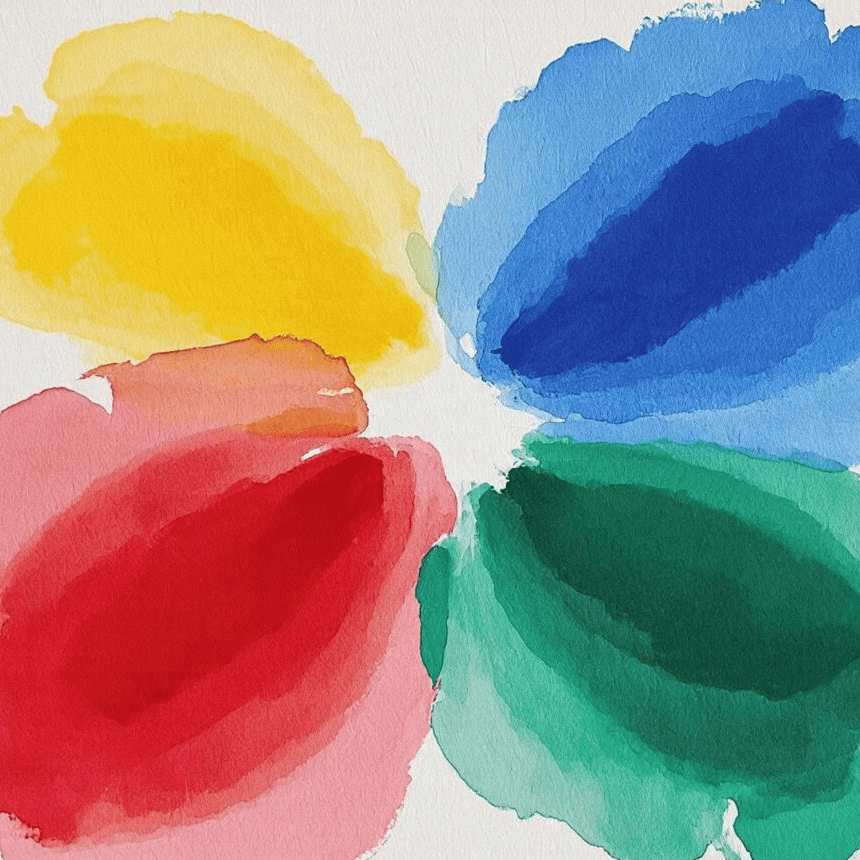
Forget Pantone trends for a moment. Imagine a civilization that wove meaning into color thousands of years ago, linking hues to cosmic forces, virtues, and the very rhythm of life. In ancient China, color wasn’t just decoration; it was a sophisticated visual language, rich with symbolism and deeply rooted in philosophy. Understanding this “chromatic code” unlocks a new dimension of appreciation for the stunning blues of a vase, the fiery red of lacquerware, or the serene green of jade you might admire today. Let’s crack this ancient color wheel!
The Foundation: Wu Xing (五行) – The Five Elements’ Palette

The core of traditional Chinese color theory rests on the Wu Xing (Five Elements) philosophy: Wood, Fire, Earth, Metal, Water. This wasn’t chemistry; it was a dynamic system explaining natural cycles, cosmic balance, and human affairs. Each element had its designated color:
-
Wood (木): Associated with East, Spring, Growth & Vitality.
-
Color: Qing (青) – A spectrum encompassing fresh bamboo shoots, deep pine forests, and the serene hues of celadon porcelain. It symbolized life, renewal, harmony, and vitality. Think tranquil jade, calming ceramics, and silk robes.
-
-
Fire (火): Associated with South, Summer, Passion & Transformation.
-
Color: Zhu/Chi (朱/赤) – Vermilion Red. The most auspicious and potent color. Made from cinnabar, it represented yang energy, joy, celebration, good fortune, vitality, and imperial power. Found everywhere from palace gates to wedding dresses and protective talismans.
-
-
Earth (土): Associated with Center, Late Summer, Stability & Nourishment.
-
Color: Huang (黄) – Imperial Yellow. Reserved almost exclusively for the Emperor, symbolizing sovereignty, divine authority (derived from the “Yellow Earth” at the center of the world), stability, and nourishment. It was the ultimate earthly power color.
-
-
Metal (金): Associated with West, Autumn, Precision & Purity.
-
Color: Bai (白) – White. Associated with autumn frost, metal’s brightness, purity, innocence, and also mourning. It could signify both beginnings (like a blank canvas) and endings (funerals). Porcelain’s pure white body embodied this perfectly.
-
-
Water (水): Associated with North, Winter, Depth & Wisdom.
-
Color: Hei/Xuan (黑/玄) – Black/Deep Mystery. Far from representing darkness, Xuan (often a very deep, almost blue-black) symbolized the profound, hidden depths of the universe, wisdom, the unknown, the heavens, and the Yin principle. It was revered in calligraphy ink and deep lacquer finishes.
-
Beyond the Elements: Colors Woven into Life

The Five Element colors formed the backbone, but symbolism extended into every facet of life:
-
Imperial Power & Hierarchy: Yellow’s exclusivity for the emperor was strictly enforced. Specific shades of red (from vermilion to crimson) denoted different ranks of officials, visible in their robes’ trims and adornments. Blue-greens adorned higher officials, deepening as rank increased.
-
Luck, Celebration & Protection: Vermilion Red was the ultimate shield against evil spirits and bad luck. Doors, gateways, lanterns, festival clothing, and gift wrappers blazed with protective red. It was the color of life and happiness.
-
Spirituality & the Cosmos:
-
Deep Blue/Black (Xuan): Linked to the heavens, the North Star, and ultimate wisdom. Daoist immortals were often depicted wearing xuan robes. The vastness of the universe was captured in this deep hue.
-
Emerald Green: Represented longevity and immortality, primarily through its connection to jade, the “stone of heaven,” revered for its durability and beauty.
-
-
Purity, Loss & Potential: White held duality. In porcelain, it represented perfection and purity. In mourning clothes, it acknowledged loss and the transition of the soul. Its blankness also symbolized potential and new beginnings.
-
Artistic Expression: The limited palette forced incredible sophistication. A Tang Dynasty tri-color (Sancai) glaze used combinations of green (wood), amber/brown (earth), and blue (derived from cobalt, associated with metal/water) in vibrant harmony. Blue-and-white porcelain leveraged simple white (metal/purity) and blue (heavens/wisdom/metallic cobalt) to global acclaim.
Why Your Modern Space Craves These Hues (and How to Use Them)

Integrating this ancient wisdom into your modern life isn’t about replicating an imperial palace. It’s about harnessing the energy and meaning these colors carry:
-
Invite Harmony & Growth (Wood): Use soothing Jade Greens or Soft Blues in areas needing calm and renewal – bedrooms, studies, or a living room corner. Think silk cushions, ceramic tableware, or botanical prints.
-
Spark Joy & Vitality (Fire): Add strategic pops of Vermilion Red. A statement lacquer box, vibrant artwork, or accent furniture piece brings celebratory energy, perfect for entrances or social spaces like dining rooms. Use sparingly for maximum impact.
-
Cultivate Stability & Focus (Earth): While Imperial Yellow is intense, warm Golds, Sandy Beiges, Ochres, and Terracottas evoke Earth energy. Excellent for grounding a room – earthenware pots, textured rugs, or warm-toned furniture create security and comfort.
-
Embrace Clarity & Flow (Metal): Clean Whites remain timeless. Use in ceramics, linens, or walls to create a sense of spaciousness and purity. Balance with other colors to avoid sterility. Metal accents (silver, bronze, steel) complement this.
-
Seek Depth & Wisdom (Water): Rich Deep Navies, Charcoals, and Ink Blacks (Xuan) add sophistication and a sense of mystery. Perfect for a study (promoting depth of thought), accent walls, high-quality lacquer finishes, or luxurious textiles. Pair with lighter tones or metallics to avoid heaviness.
Wear the Wisdom Too:

This color intelligence extends to fashion and personal accessories. Choosing pieces inspired by this palette connects you to profound symbolism:
-
A vermilion silk scarf is more than chic; it’s wearable luck.
-
Jade green jewelry whispers tranquility and enduring beauty.
-
A bag in deep ink blue (xuan) radiates sophisticated wisdom.
-
Subtle metallic gold accents offer a touch of grounded luxury.
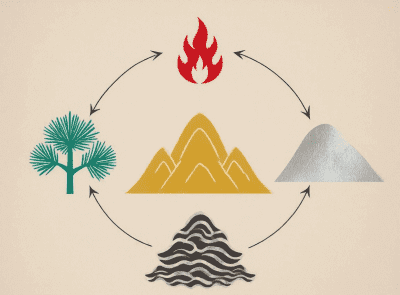

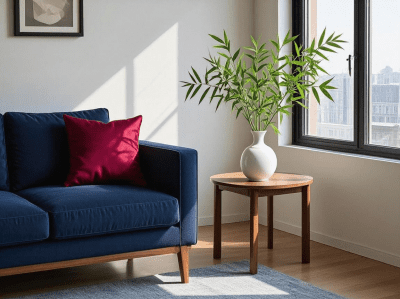
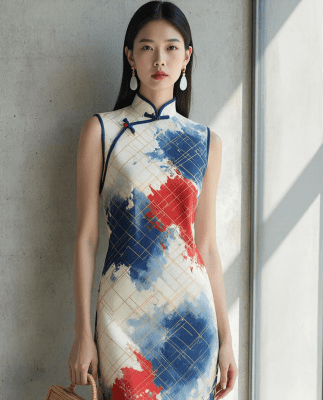
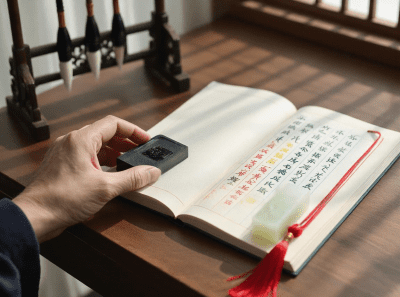
Reading ‘Beyond the Rainbow’ completely transformed how I see color! I bought the jade bangle inspired by Wood element symbolism, and wearing its ‘qing’ green feels like carrying a forest spring on my wrist. It’s astonishing how this single hue – representing growth and harmony – actually brings calm focus to my workday.
The blog’s wisdom guided my home refresh too. I added vermilion lacquer trays (Fire energy for joy) to my neutral living room, and the vibrant pops feel like cultural alchemy. Suddenly, my space breathes with intention. Understanding that deep ‘xuan’ blue-black signifies cosmic wisdom made me choose it for my study walls – it’s now my contemplative sanctuary.
The craftsmanship mesmerizes. My jade’s translucent veins mirror ancient mountain rivers, while the trays’ gloss echoes imperial lacquer techniques. Guests always ask about the symbolism behind each piece, sparking conversations about Wu Xing philosophy.
For anyone seeking depth beyond aesthetics, this collection is revelation. It’s functional art whispering 5,000 years of chromatic wisdom. Every piece arrives impeccably packaged with cultural notes – a masterclass in mindful design. Transform your space and spirit through the lens of heaven and earth.